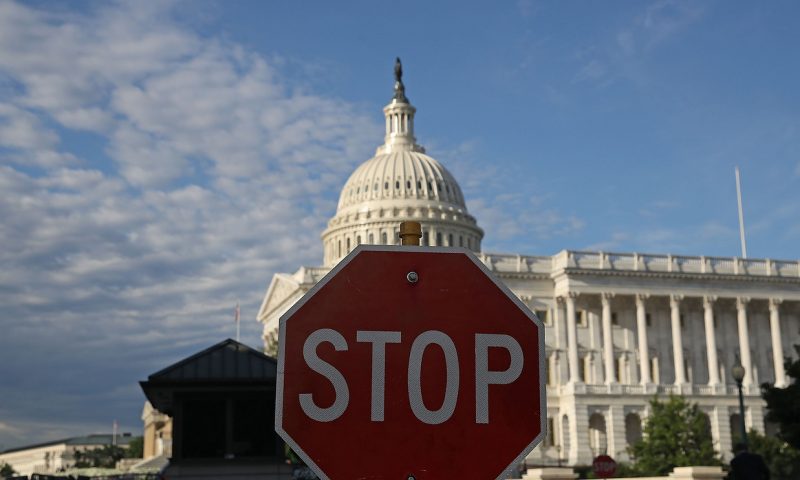The “unloved but welcome” stock market rally over the past two months is unlikely to persist, according to Goldman Sachs analysts.
After opening lower on Monday amid civil unrest and U.S.-China trade tensions the Dow Jones Industrial Average DJIA, +0.36% reversed losses as investors focused on hopes of an economic recovery, closing 91.91 points higher.
Optimism over the economic recovery from coronavirus, with all 50 states taking steps to reopen, has sent stocks higher in recent weeks.
Goldman Sachs analysts said the “unloved but welcome” S&P 500 SPX, +0.37% rally over the past two months was unlikely to last
The S&P 500 has rebounded more than 35% since its Mar. 23 low and now trades 10% below its all-time high. The rally, after stocks plunged 34% in just 23 trading days, was unloved because investors weren’t positioned to take full advantage, but welcome because most investors are structurally long-biased, the analysts, led by David Kostin, said.
They described it as a “remarkable journey” but said the upward trajectory of U.S. stocks would most likely stop.
The equity research analyst’s year-end target remains 3,000 — slightly lower than the index’s 3,044 close on Friday — as “numerous medical, economic and political risks dot the investment landscape.”
If the expected “achievable but optimistic” normalization of the economy is met that would validate the existing market level, rather than push it substantially higher, they concluded.
In the near-term, the index could move to 3,200 but any bumps in the road to economic reopening or further political risks could send the index to 2,750, they said.
The performance of the index’s five largest stocks — Microsoft MSFT, -0.22%, Amazon AMZN, +1.17%, Apple AAPL, +1.23%, Google parent Alphabet GOOG, +0.20% and Facebook FB, +3.03% — has carried it higher, the team said. The investment bank’s equity research analysts forecast just a 1% upside for the big five, and that many more “economically-sensitive” companies would need to get involved in the rally.
“Broader participation in the rally will be needed for the aggregate S&P 500 index to climb meaningfully higher. The modest upside for the largest stocks means the remaining 495 constituents will need to rally to lift the aggregate index,” they said.

